Who knew that a fifth of the island of Bonaire is a nationally protected nature sanctuary? Washington Slagbaai National Park was established in 1969 and covers an area of 5.643 hectares. Once a private property of Julio Caesar “Boy” Herrera, the land was sold to the government of Netherland Antilles with the promise of not developing it commercially. As a result, this beautiful area is home to protected plant and wildlife, now maintained by the non profit organization, STINAPA Bonaire.
How the park got its name is an interesting story. In the early 1920’s the land was a private plantation named “America” and the main entrance (now visitor center) was the spot where the workers came to receive their wages and apply for work. This house came to be known as the capital of America – Washington, as symbol of decision making and prosperity.
Washington Slagbaai National Park merits a day long visit, specially if you really want to enjoy all its benefits. It is possible to do a driving tour of the park in less than 2 hours, stopping to see pristine beaches, caves, and flamingoes in their natural habitats. If you pack a picnic and gear, you can spend the day hiking, walking, snorkeling, diving, swimming and bird watching. There is only one restaurant/ inn inside the park but it’s not open year round.
The park is a photographer’s dream as one can spend countless hours capturing barely moving iguanas and elegant flamingo parties. Then there are tall cactuses and giant windmills. The landscape feels more like Arizona, then a Caribbean island, but no words can capture what you see yourself.
Here are some images I took at Washington Slagbaai National Park.
The visitor center houses a small museum that gives an overview of the island of Bonaire, especially its flora and fauna, its pioneer citizens, what they cultivated and tools they used. Pick up maps and cold drinks before heading inside for the day. Tickets are $25 per person.

There is abundant wildlife inside the park, including iguanas, lizards, wild goats and 203 species of birds. If you look closely, you will see how the aloe plant attaches itself to the goat and transports itself for pollination.
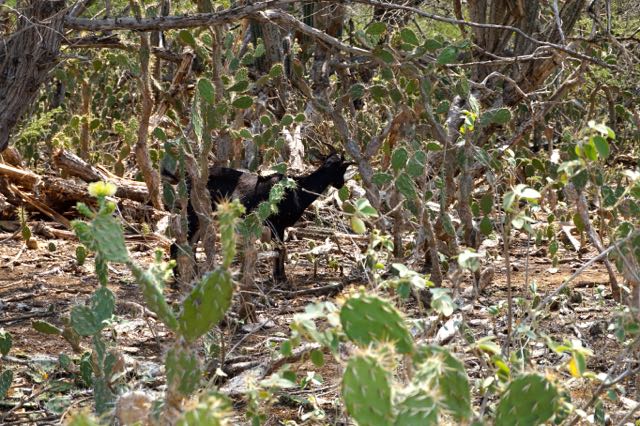
The geology of the island is also visible inside the park. You will see dark rock formations, remains of solidified volcanic ashes as well as light colored coral rocks. The oldest dating sediments found in the area are 100 million years old. High winds and waves have caused erosion of the rocks, forming interesting patterns of erosion.
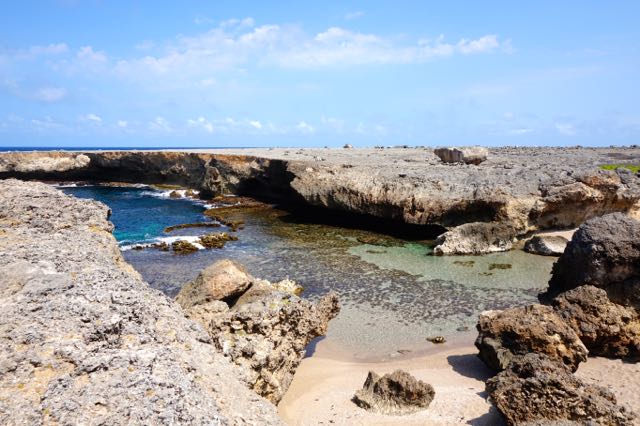
The Subí Brandaris Trail leads visitors to the highest peak on Bonaire, 241 meters (784 ft.) high. On a clear day you can see the island of Curaçao (46 km (30 miles) away from Bonaire, and, on exceptionally clear days, the Santa Ana Hill in the Paraguaná Peninsula of Venezuela, and the mountain range south of Puerto Cabello, Venezuela.
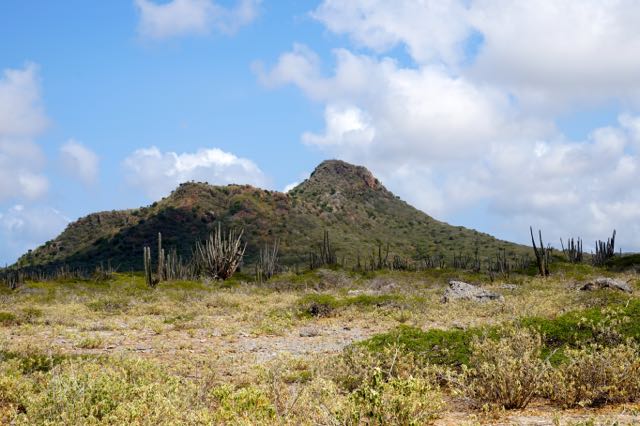
The west shore of the Park has many beaches where one can enjoy snorkeling and swimming. The dive sites are great as the coral around the area is well protected and not crowded.
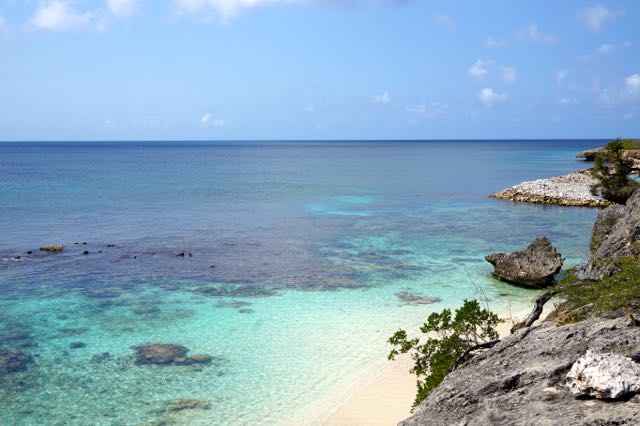
The park is one of the best places on the island for observing birds, due to its remoteness and also the many types of habitat that includes salt-flats, fresh water wells, beaches, limestone plateaus by the shoreline and thorny forests. 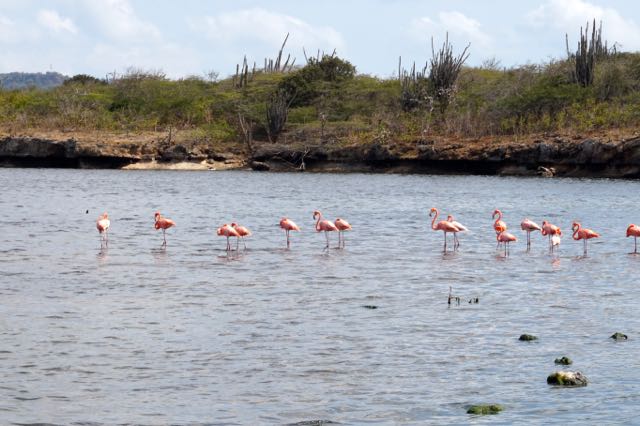
Dutch influence is evident with these windmills, harvesting clean wind energy for the island. Bonaire is very environmentally conscious and generates most of its own energy.

All rights reserved @ Sucheta Rawal